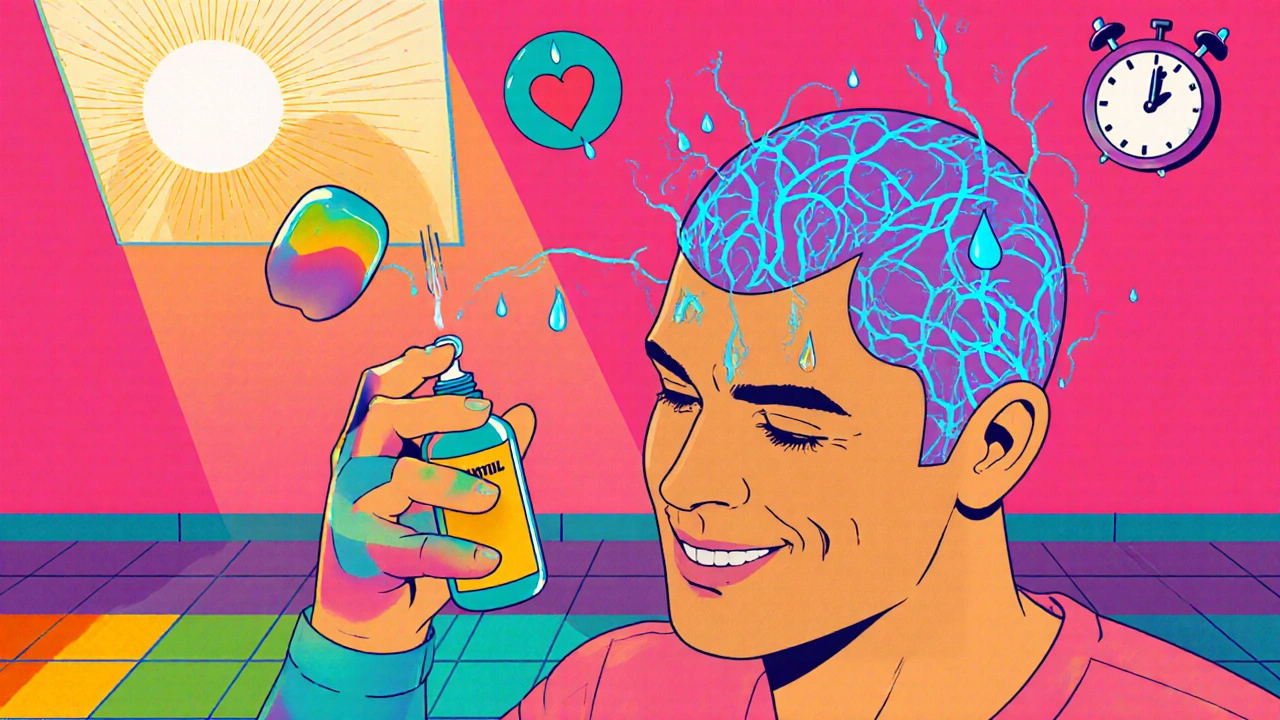
Minoxidil Topical Hair Regrowth: Why Consistency Matters
Learn why daily use of topical minoxidil is crucial for hair regrowth, how the treatment works, and practical tips to stay consistent for lasting results.
View MoreIf you’ve noticed more hair on your pillow or in the shower drain, you might be wondering what’s going on. Alopecia is the medical term for hair loss, and it affects both men and women of any age. The good news is that most forms are predictable and many have solid treatment plans. Below we break down the basics, cover the most common types, and point you to real‑world solutions you can try today.
Alopecia simply means “lack of hair.” In most cases it’s not a mystery – it’s a response to genetics, hormones, stress, or an autoimmune reaction. The hair‑growth cycle has three phases: growth (anagen), rest (telogen), and shedding (catagen). Anything that pushes more follicles into the resting or shedding phase will show up as thinning or bald spots.
Two big culprits are androgenic alopecia (often called male‑ or female‑pattern baldness) and alopecia areata, an autoimmune condition that attacks hair follicles. Androgenic alopecia is linked to the hormone DHT, while alopecia areata can flare up after a viral infection or intense emotional stress.
There’s no one‑size‑fits‑all cure, but several options have solid track records. For androgenic alopecia, topical finasteride and oral finasteride are popular because they block DHT. Our article “Topical Finasteride, Foam Solutions & RU‑58841” dives deep into how these products compare, how to apply them, and what side effects to watch for.
If you prefer a non‑prescription route, vitamin E supplements can boost scalp health and reduce oxidative stress. Our guide on “Vitamin E Supplements: Transform Your Health and Beauty Routine Fast” explains dosing, who should avoid it, and how it fits into a broader hair‑care plan.
For alopecia areata, steroids (topical or injected) often calm the immune attack. Some people also report success with low‑level laser therapy or microneedling combined with minoxidil. The key is consistency – most treatments need several months before you see noticeable regrowth.
When you’re shopping for products, look for reputable online pharmacies. Our “Buy Cheap Generic Celexa Online Safely (2025)” piece shows how to spot legit sellers, and the same principles apply to hair‑loss meds.
In addition to medication, lifestyle tweaks can make a difference. Managing stress through meditation, regular exercise, and a balanced diet rich in iron, zinc, and biotin supports healthy follicles. Even simple habits like not pulling your hair and limiting heat styling can prevent further breakage.
Finally, keep an eye on new research. There’s growing interest in RU‑58841, a non‑steroidal anti‑androgen that may work faster than traditional finasteride. While still under investigation, early trials show promising hair‑regrowth numbers.
Whether you’re dealing with a few stray hairs or a more noticeable patch, the first step is to identify the type of alopecia you have. Then pick a treatment that fits your lifestyle and budget. Check out the linked articles for deeper dives, and remember that most people see improvement with the right approach and a bit of patience.

Learn why daily use of topical minoxidil is crucial for hair regrowth, how the treatment works, and practical tips to stay consistent for lasting results.
View More
Explore how Addison's disease leads to hair loss, the hormones involved, symptoms, diagnosis, and effective treatments to restore healthy hair.
View More